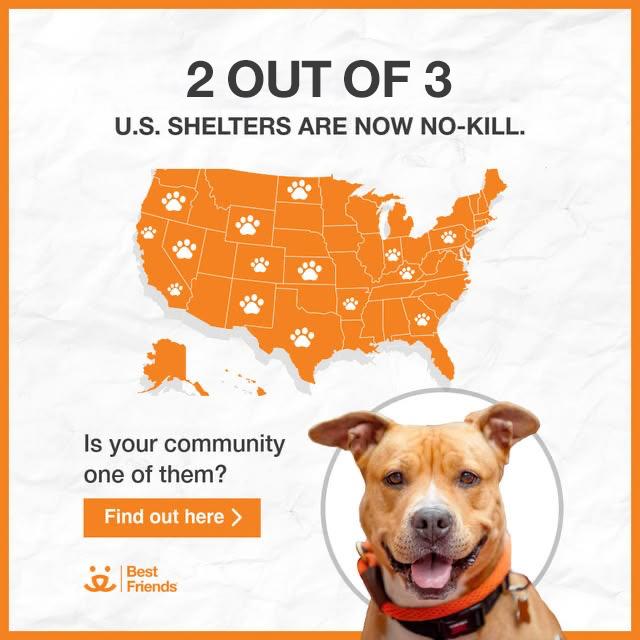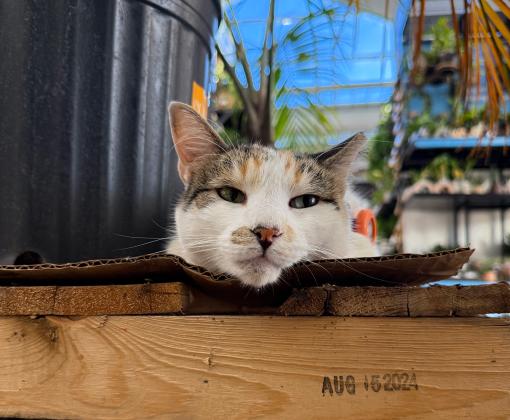
Community Cat Programs Handbook: Managing Stray and Feral Cats
Community cats can be found just about everywhere that people live. These outdoor, free-roaming cats live in and are cared for by community members — hence the term “community cats.”
For decades, community cats have been trapped and killed in a failed attempt at population management. Using this trap-and-kill approach is not only ineffective at reducing outdoor cat populations, but it’s also a burden on animal shelters by adding to their intake numbers and the number of animals killed.
Thankfully, this ineffective, expensive, and inhumane approach to managing community cats is steadily being replaced with progressive community cat programs in shelters across the country. At the heart of all community cat programs is a simple, humane philosophy: Cats are accepted members of many communities, and they are often valued and cared for by multiple residents.

See how your community is doing
The best way to manage the community cat population is to humanely trap them and then vaccinate, spay or neuter, and return them to their outdoor homes. This method, called trap-neuter-vaccinate-return (TNVR) — also known as trap-neuter-release (TNR) — stops the cats from breeding, respects the bond that caregivers have with the cats, and reserves limited shelter space for cats without such an option.
Through various partnerships, Best Friends Animal Society operates more large-scale community cat programs than any other organization in the country. We are therefore in a unique position to describe what it takes to make such programs effective. That’s why we created a comprehensive manual to share our knowledge with individuals and organizations interested in creating and operating their own community cat programs.
You can view the Community Cat Programs Handbook and download individual chapters on our Best Friends Network site.
